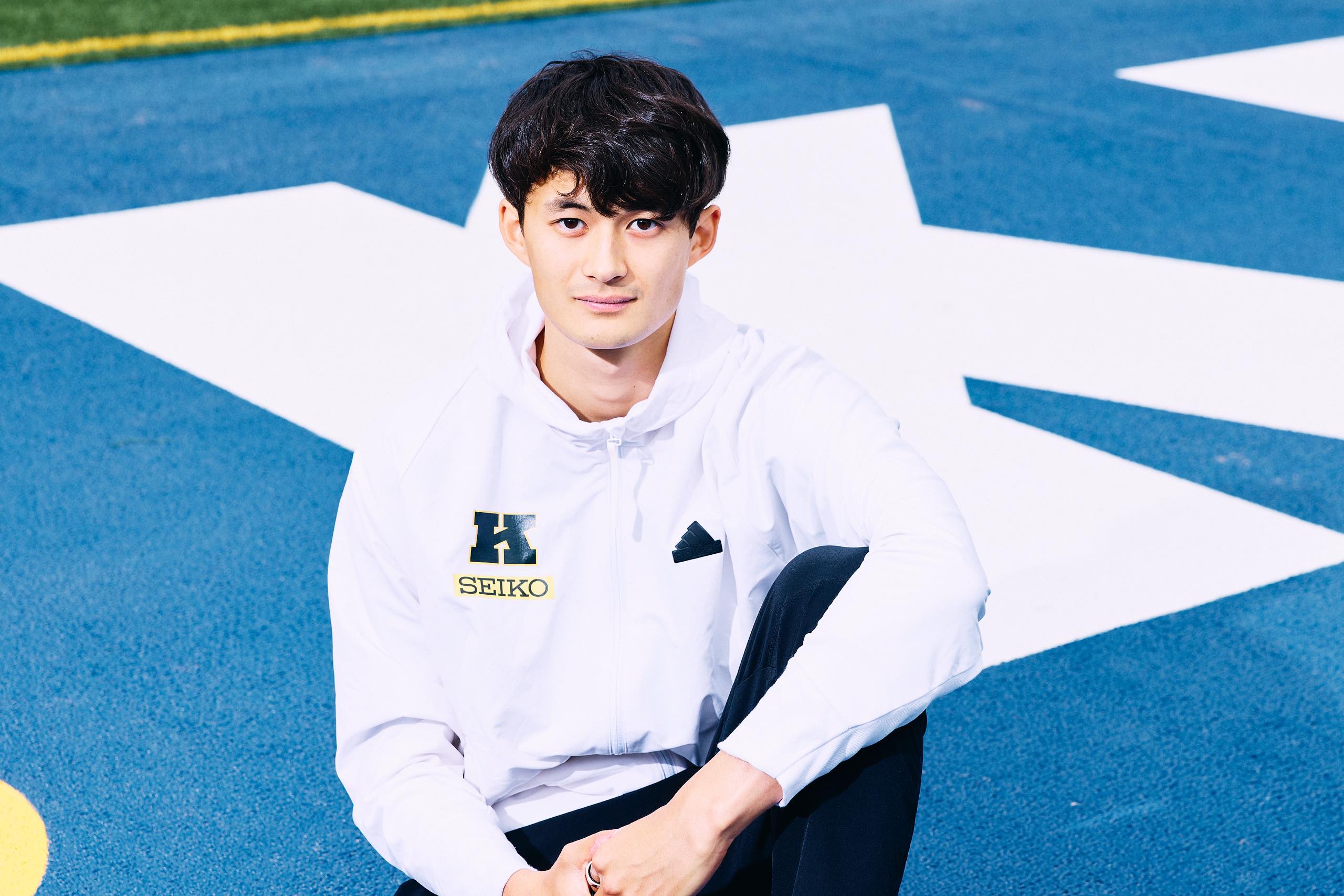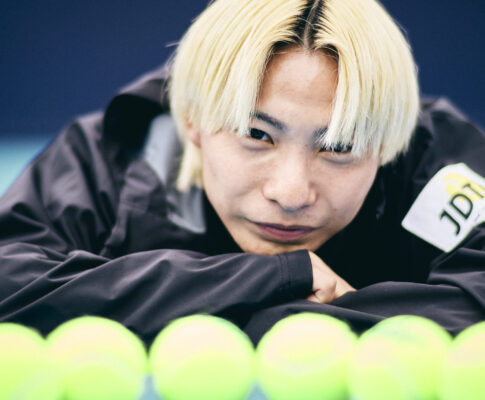目次
- Realizations from the tetrathlon “I am good at hurdles…”
- Advantages of having both
- I haven’t had a race yet where I got into the 400mH perfectly.
- Feeling a sense of “Mission” for the World Athletics Championships Tokyo 25
- The book I used to read a lot was Ranpo Edogawa
- I enjoyed creating the heat map.
- Athletes I admire and want to emulate
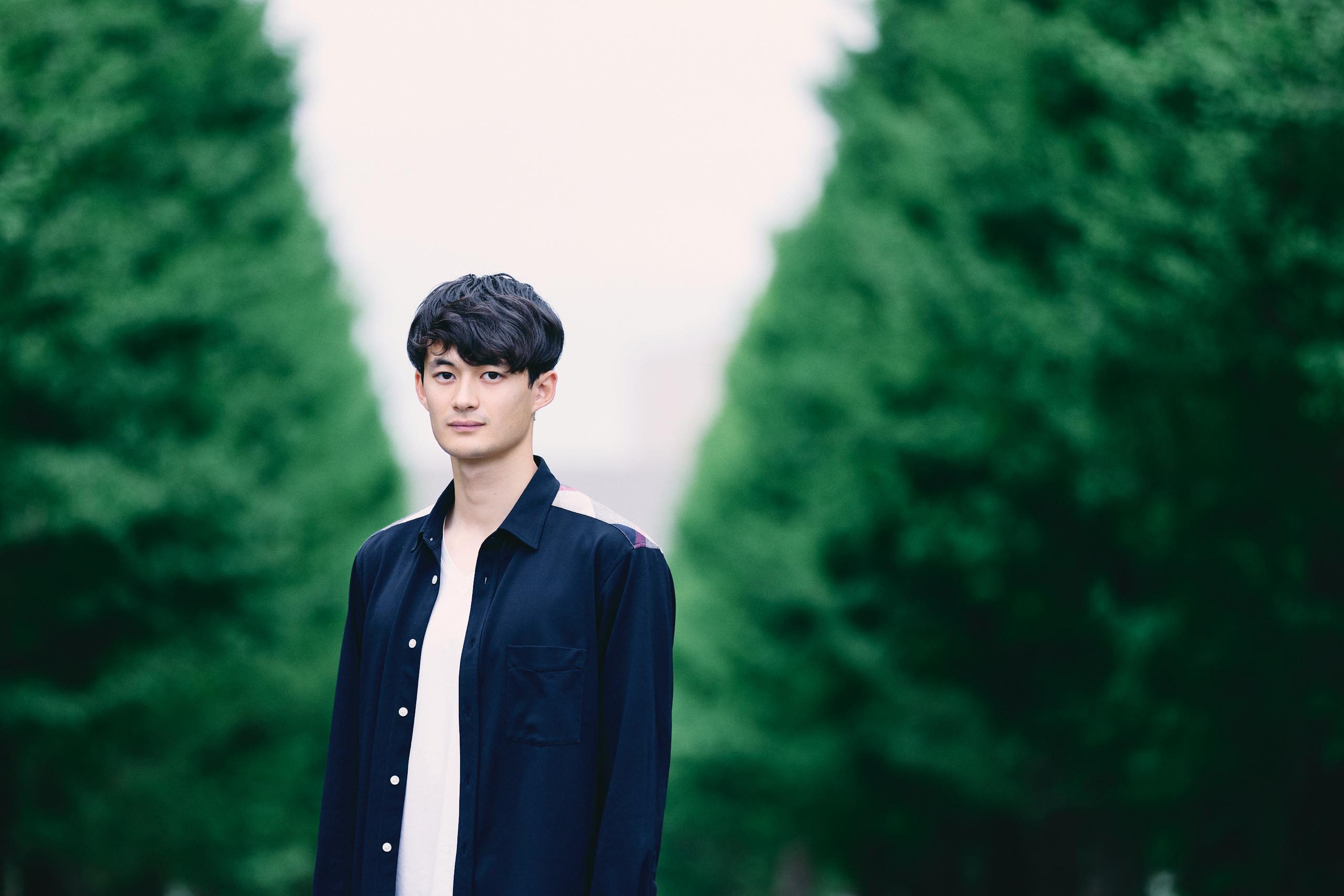
Ken Toyoda
Born in 2002 in Tokyo. Men’s 110m/400m Hurdles
Graduated from Toho Senior High School, senior at Keio University (captain of the track & field/ Ekiden team). He signed a support agreement with Seiko Group Corporation to become a member of “Team Seiko” in 2023.
A multi-hurdler who has shown remarkable performance in two events, 110mH/400mH. He is the sixth person in history to achieve “within 13.49 seconds & 48.49 seconds” in the world history, and the highest among Japanese.
He won his first title, the world number one student, in the men’s 110mH at the 31st FISU World University Games held in China in August 2023. The gold medal in the men’s 110mH at the World Championships was the first for Japan in both the World Athletics Championships and the Olympics.
In September of the same year, he tied for first place in the 400mH at the Japan Intercollegiate Championships in 48.91 seconds, becoming the number one student runner in Japan. In October, he broke the entry standard record (48.70 seconds) for the Paris 2024 by clocking 48.47 seconds, the sixth fastest time in Japan’s history. He is a promising hope who will rewrite the conventional wisdom of the Japanese hurdling world.
Realizations from the tetrathlon “I am good at hurdles…”
――How did you get started in athletics?
Recommended by my mother, I joined a club team when I was in the second grade of elementary school. I liked to run competitively with others, so I looked for a team nearby. I started competing when I was in about the fourth grade of elementary school.
――What made you choose hurdles as your track and field?
I played the tetrathlon which consists of 400m, 110mH, high jump, and the shot put, and I realized I am good at 110mH and 400m. In high school, I thought that if I crossed it with the 400m, I could also run the 400mH, and that’s how I ended up focusing on hurdles.
――What characteristics of yourself do you think make you a good hurdler?
It is said that taller runners have an advantage in hurdles, so in that sense I may have an advantage. When I entered my high school, my height was in the later 170s, but from there, I grew by 10 cm in one year to over 190 cm. I felt more comfortable in jumping because I was taller and had a higher line of sight, but on the other hand, my muscles had a hard time catching up. Sometimes I fell over when I hit a hurdle or couldn’t run into a headwind, so it wasn’t all good that I had grown taller.
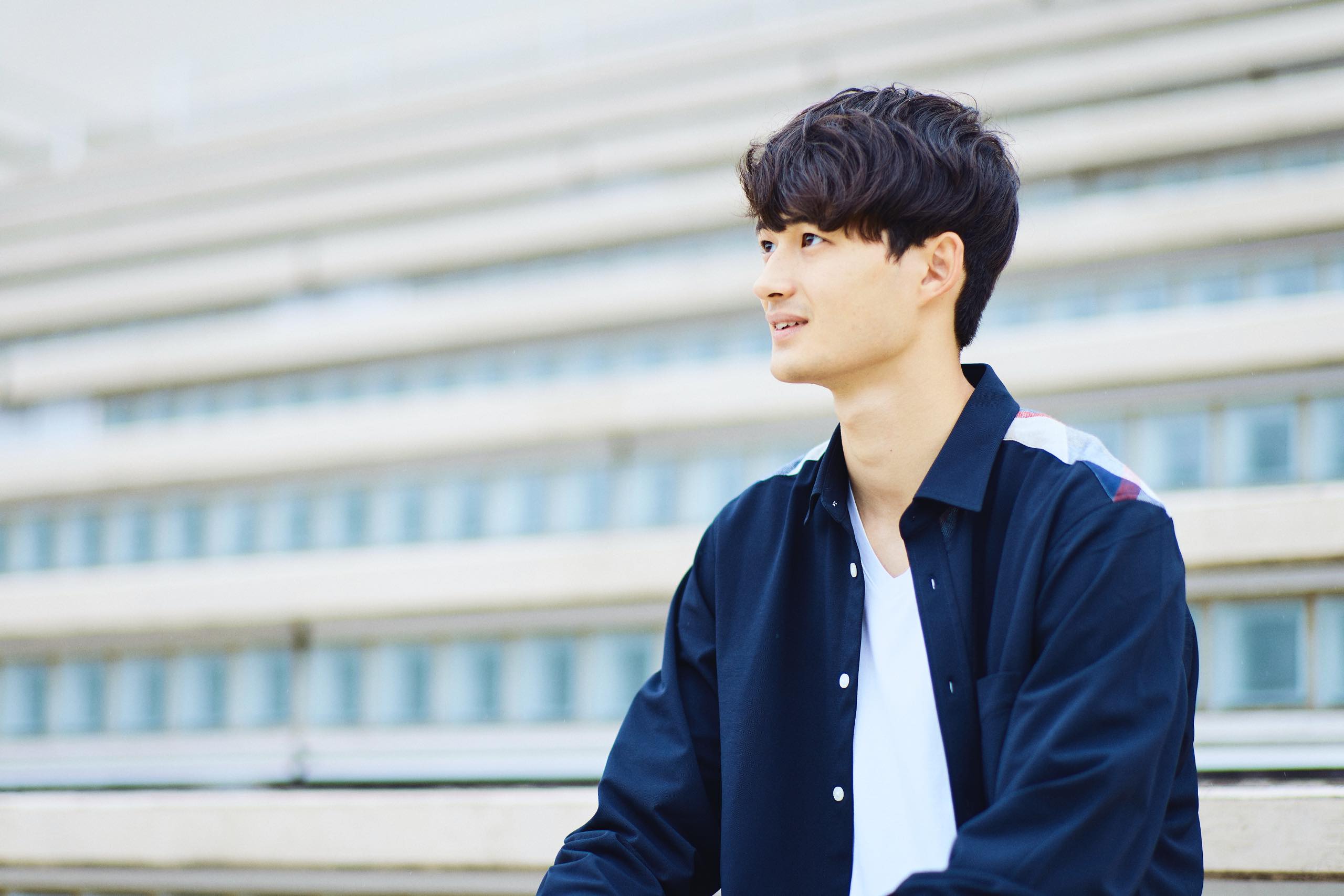
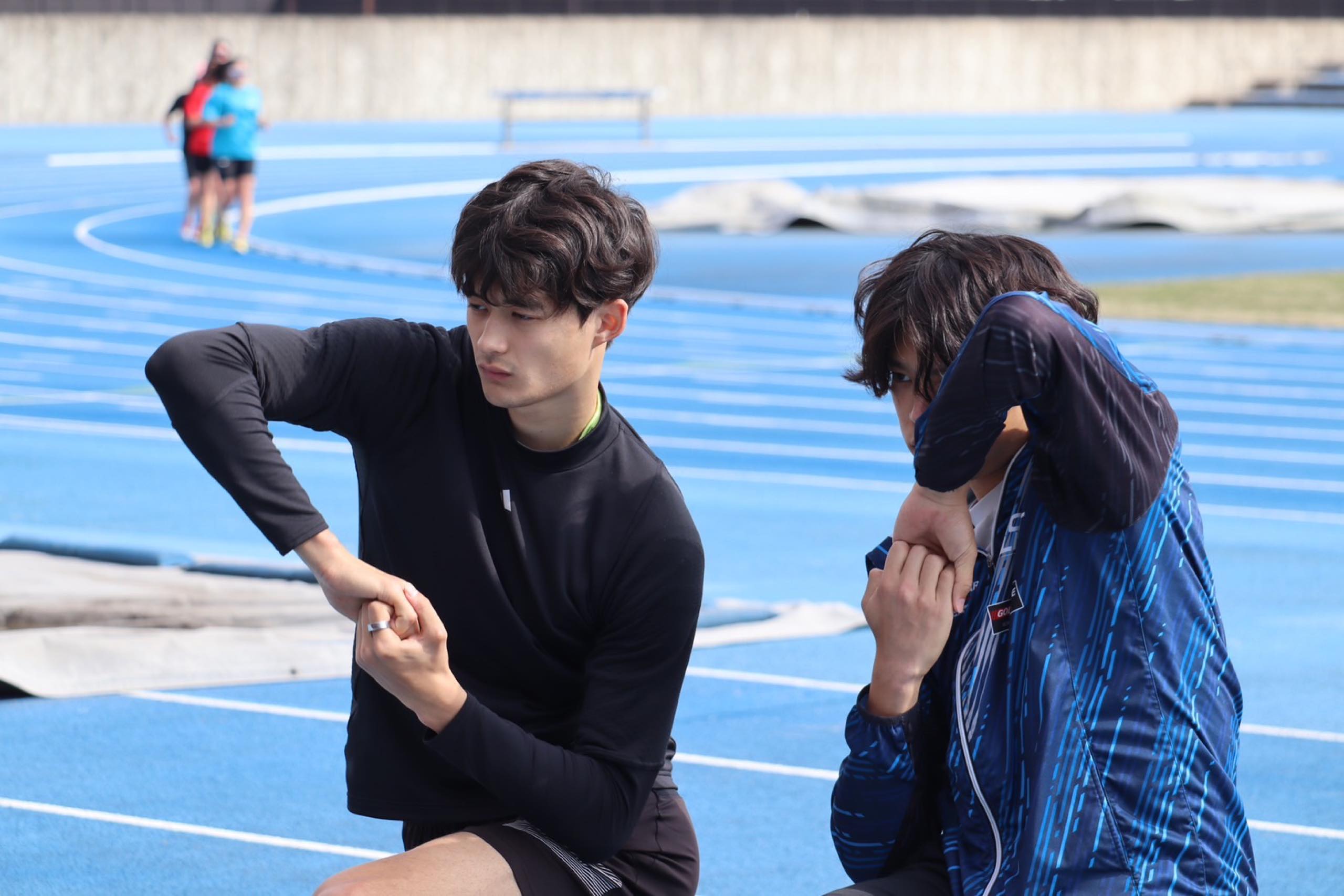
gives him an advantage when competing.
*Courtesy of Ken Toyoda
Advantages of having both
――You have been doing both 110mH and 400mH, what was the impetus for this?
I specialized in the 400mH at first in high school and competed in the inter-high school competition. However, I couldn’t practice running long distances as I couldn’t use the stadium due to coronavirus pandemic. As I practiced closer to home, I shifted to 110mH. So I did well in my third year, but on the other hand, I couldn’t get results in the 400mH. Under these circumstances, when considering higher education, I wanted to do both, so I chose Keio University.
――What are some of the advantages and disadvantages of having both?
That’s a difficult question… When it comes to both, 400m and 400mH are more compatible. Both 110mH and 400mH is irregular and few people do it. However, jumping 10 hurdles is still the same. I think the common practice of hurdling is an advantage in these two disciplines.
On the other hand, there are many difficulties. One of the first is that the sense of speed is absolutely different. The 110mH often clogs up my stride, so I have to be aware of it and carve it up. In the 400mH, I can’t quite make it in the second half of the race with a set number of strides, so I had to extend my stride. I need to change the way I run, and it is difficult to adjust to that in practice.
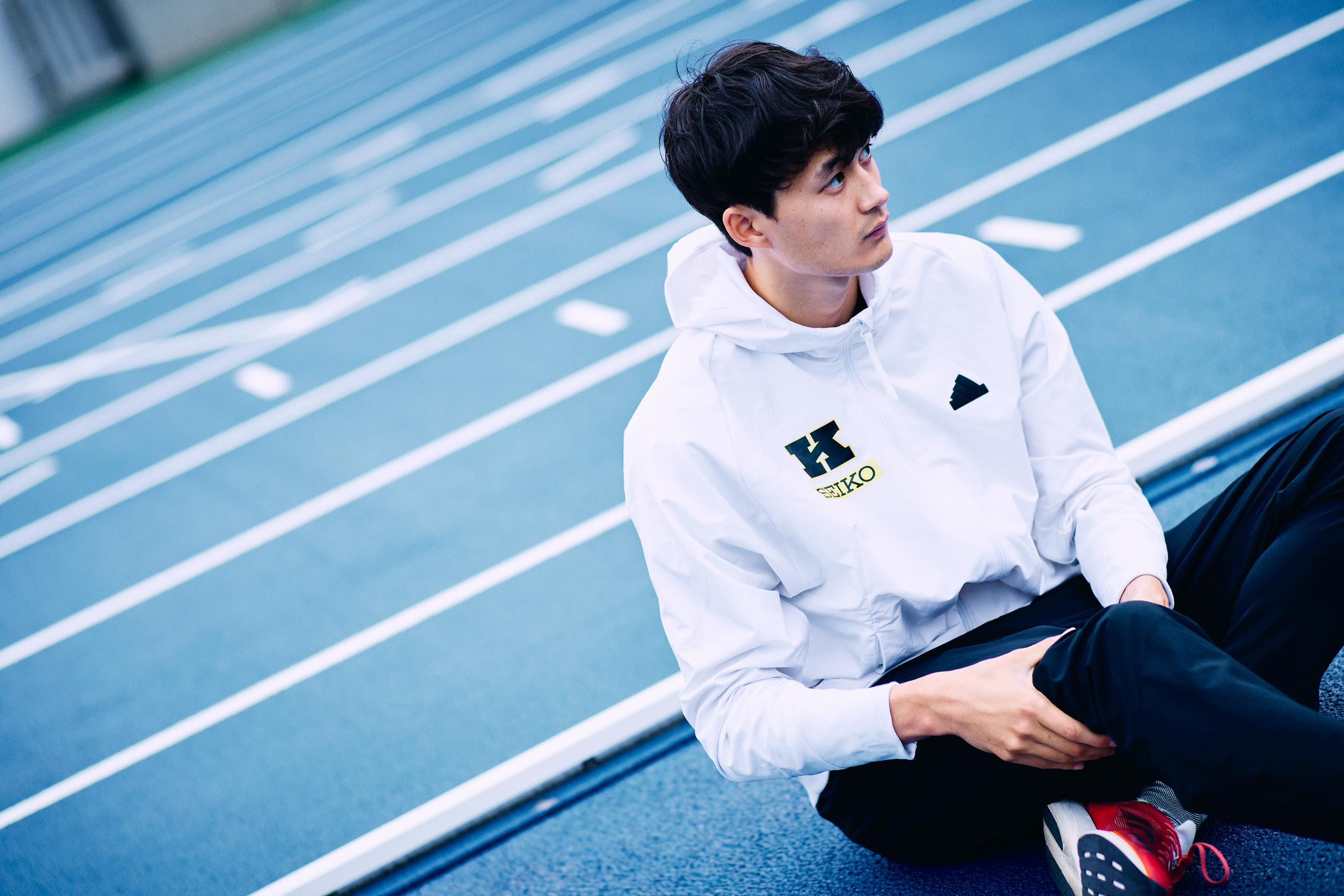
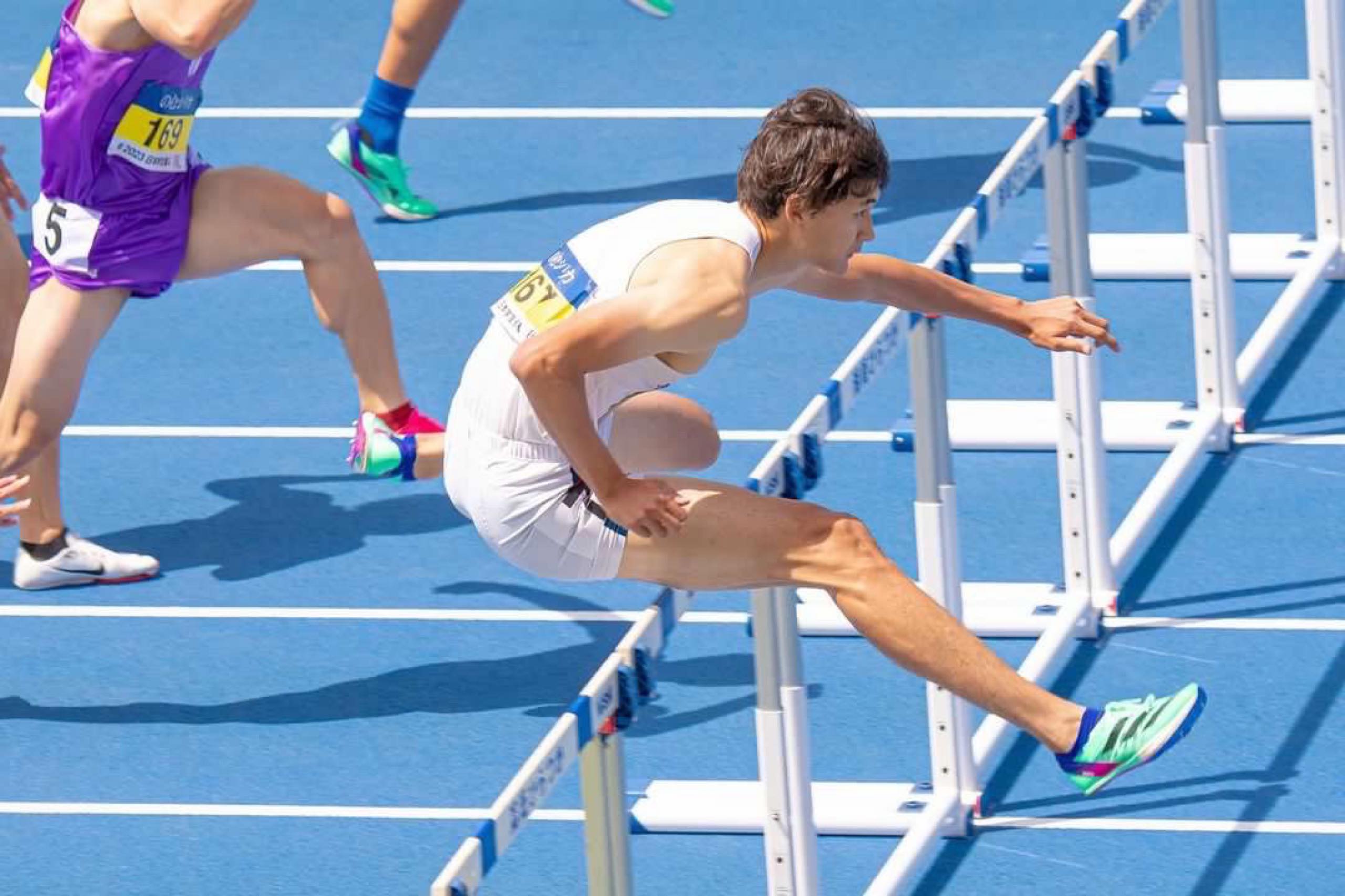
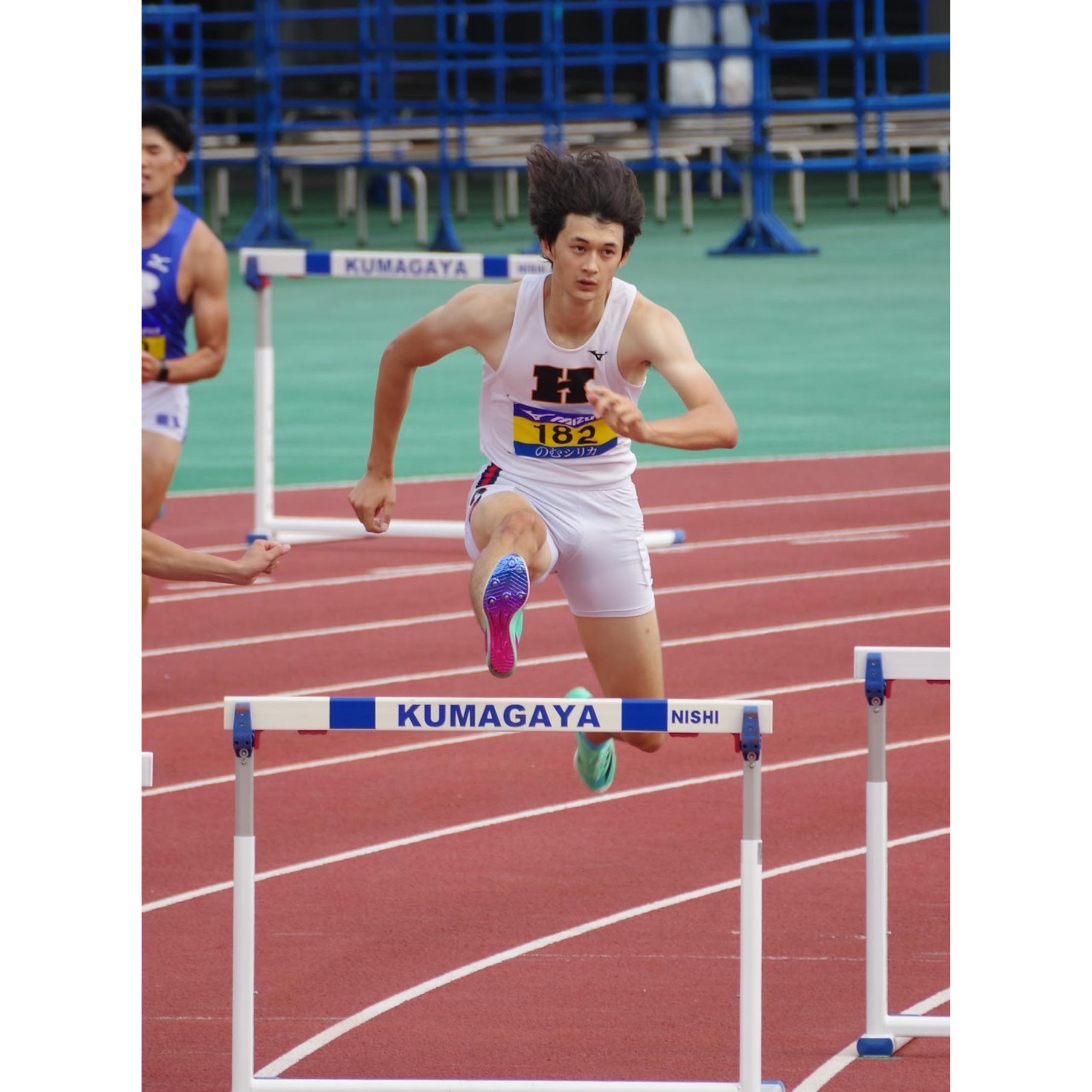
While there are advantages, there are also difficulties.
*Courtesy of Ken Toyoda
――Is there any reason why you insist on doing both with such difficulties?
There has never been an athlete who has been able to do both, and I take pride in the fact that I am the only one who can do it. And sometimes, when things don’t work out in one discipline, focusing on the other can work out. I would like to improve my 200m and 400m times as well as hurdles if possible. When I was a sophomore in my university, I competed in the 400m and got a good time, and I competed in the 110mH the following week. I was able to shorten my time by about 0.2 seconds… I had not been practicing hurdles, but the fact that I was still able to achieve the time made me feel that I was able to make indirect adjustments in other events even though I was doing other events.
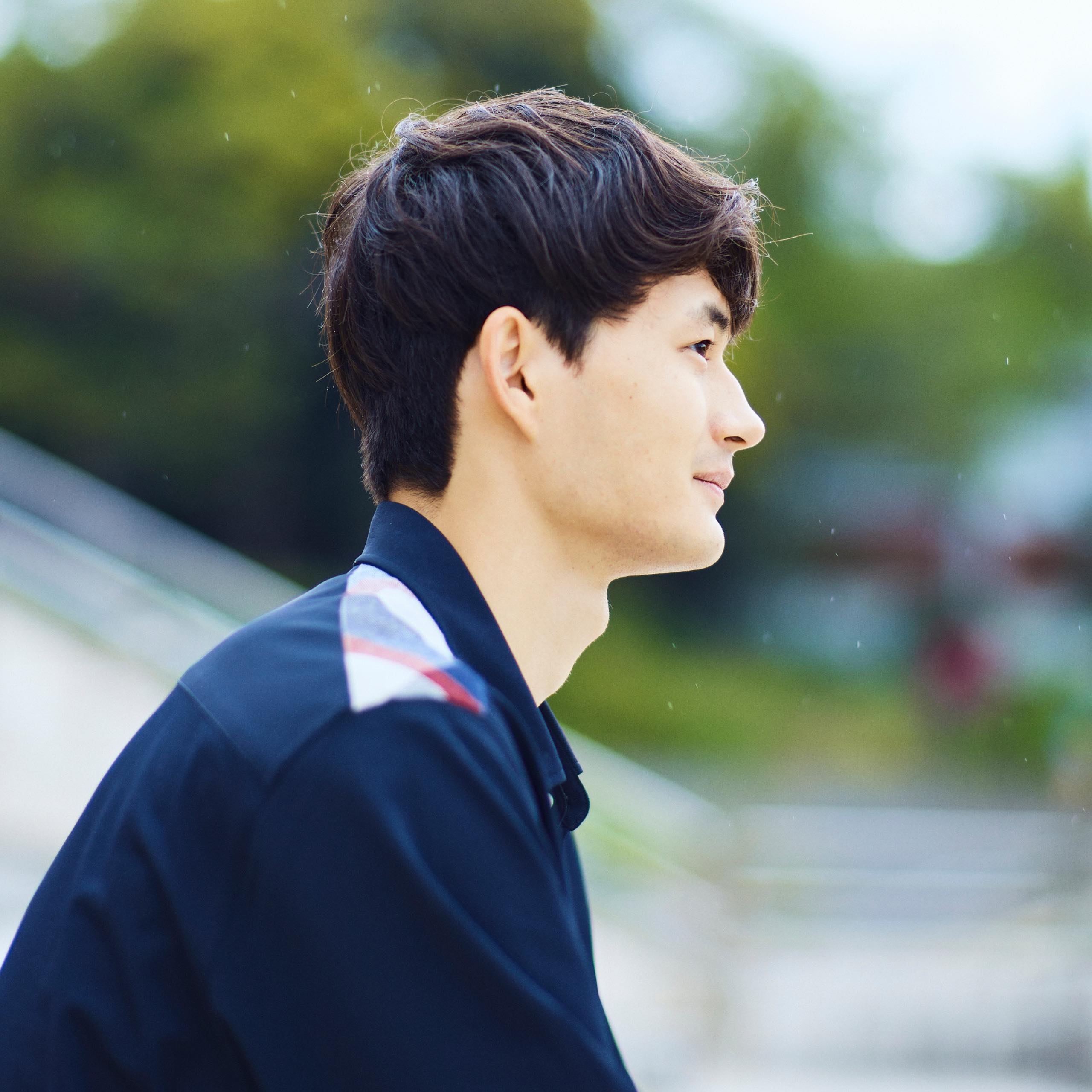
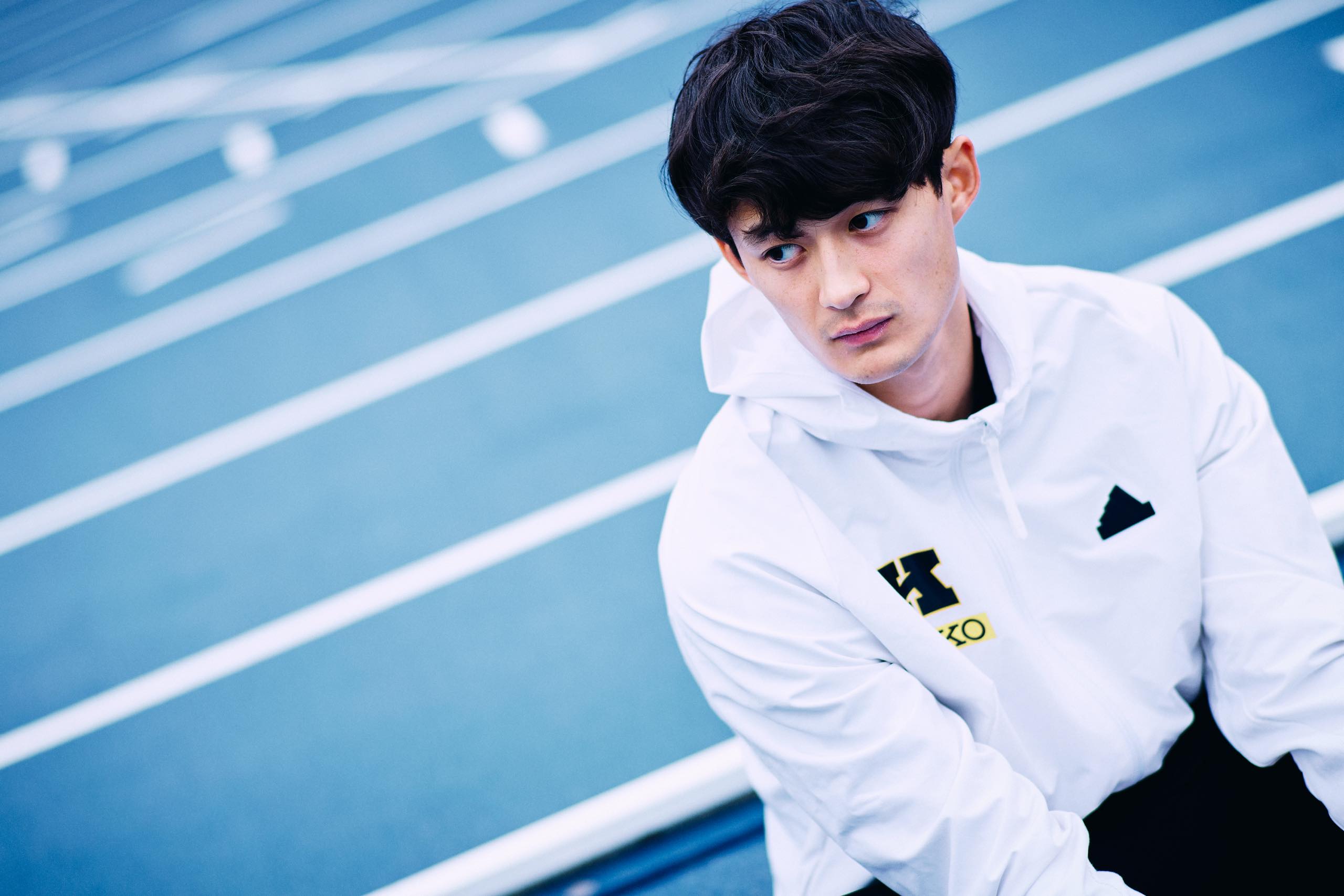
A peek of pride in both.
I haven’t had a race yet where I got into the 400mH perfectly.
――You won the gold medal in the 110mH at the 2023 Summer World University Games, and in October you also broke the qualification standard for the Paris 2024 with a time of 48.47 seconds in the 400mH.
I think I may have cooled off a little bit. Not long ago, I thought “I should be able to improve my time”, and I would keep competing, only to get injured. In fact, I wanted to compete in the World Athletics Championships in the first half of 2023, so I pushed myself all the way to the Japanese Athletics Championships despite the pain in my legs. So I cooled down and set a schedule with my coach to win the Universiade, and also to set a time in the October competition in Niigata. We proceeded with our practice and were able to achieve the results we had set out to achieve.
――If you had to pick one race where you were able to run your ideal race, which one would it be?
It would be the qualifier for the Universiade for the 110mH. It is my current personal best (13.29 seconds), but looking back on it now, I can’t think of anything wrong with it, and I think I did my best run at the moment. I was able to finish without knocking over a single hurdle and without collapsing the interval. I didn’t expect to achieve that kind of time, and that race was really ideal. On the other hand, I have not had a race in the 400mH where I feel I’m perfectly hooked. I think the race in October 2023, when I ran my personal best of 48.47 seconds, is the closest to ideal, but I inevitably need to increase the number of steps from 13 to 15 in the last three hurdles of the second half, and I am still losing time there. I want to improve the rhythm here and eliminate losses.
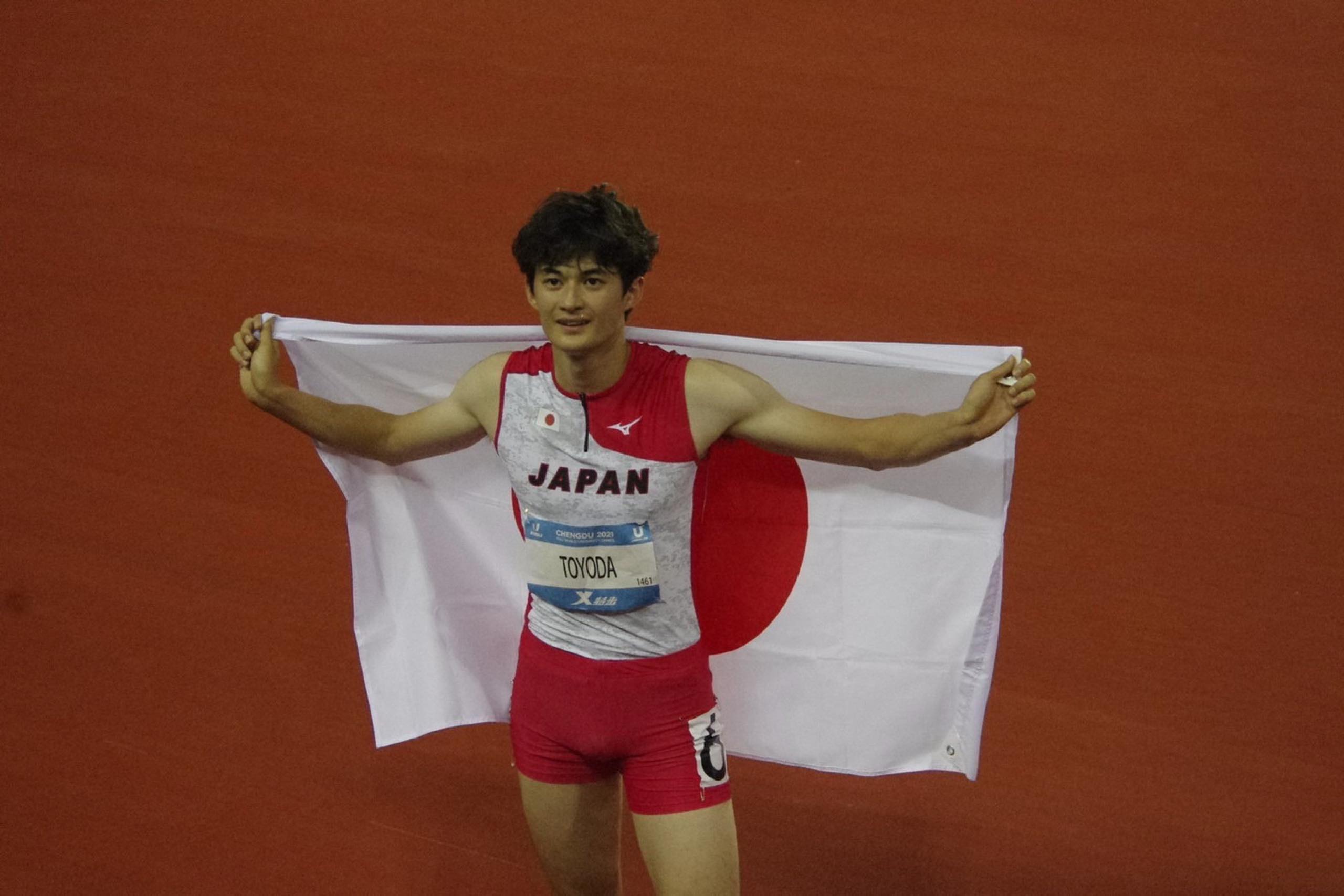
“the best run I’ve had at this point in my career.”
*Courtesy of Ken Toyoda
――Both 110mH and 400mH are crowded with talented athletes. Are there any athletes you are aware of?
I am about 6th in the 110mH in terms of time, so I am aiming first for the athletes who are above me. I saw Kazuki Kurokawa, who is one year older than me, doing well in the 400mH, so I want to catch up with him first. I also went to the U.S. for a month on a JAAF program and ran with Rai Benjamin there. I tried to follow his back, but he eventually left me behind. He is a silver medalist in the 400mH at the Tokyo 2020, and running with him has strengthened my desire to “catch up”.
Feeling a sense of “Mission” for the World Athletics Championships Tokyo 25
――I know that facing the records can be mentally painful. How do you face yourself on a daily basis?
I do some training where I imagine my running in my head. The atmosphere of the place, and how to move and run. I anticipate not only my own runs, but also the runs of other players when they are around me. I am quite a nervous person, and I tend to look at things negatively on the day of a match. But on the contrary, I’m fine with that… The more pessimistic I am, the more I can get down to the nitty-gritty.
However when I stand in the lane, I don’t think about it anymore. Until then, I am adjusting our stance to be negative and properly prepared.
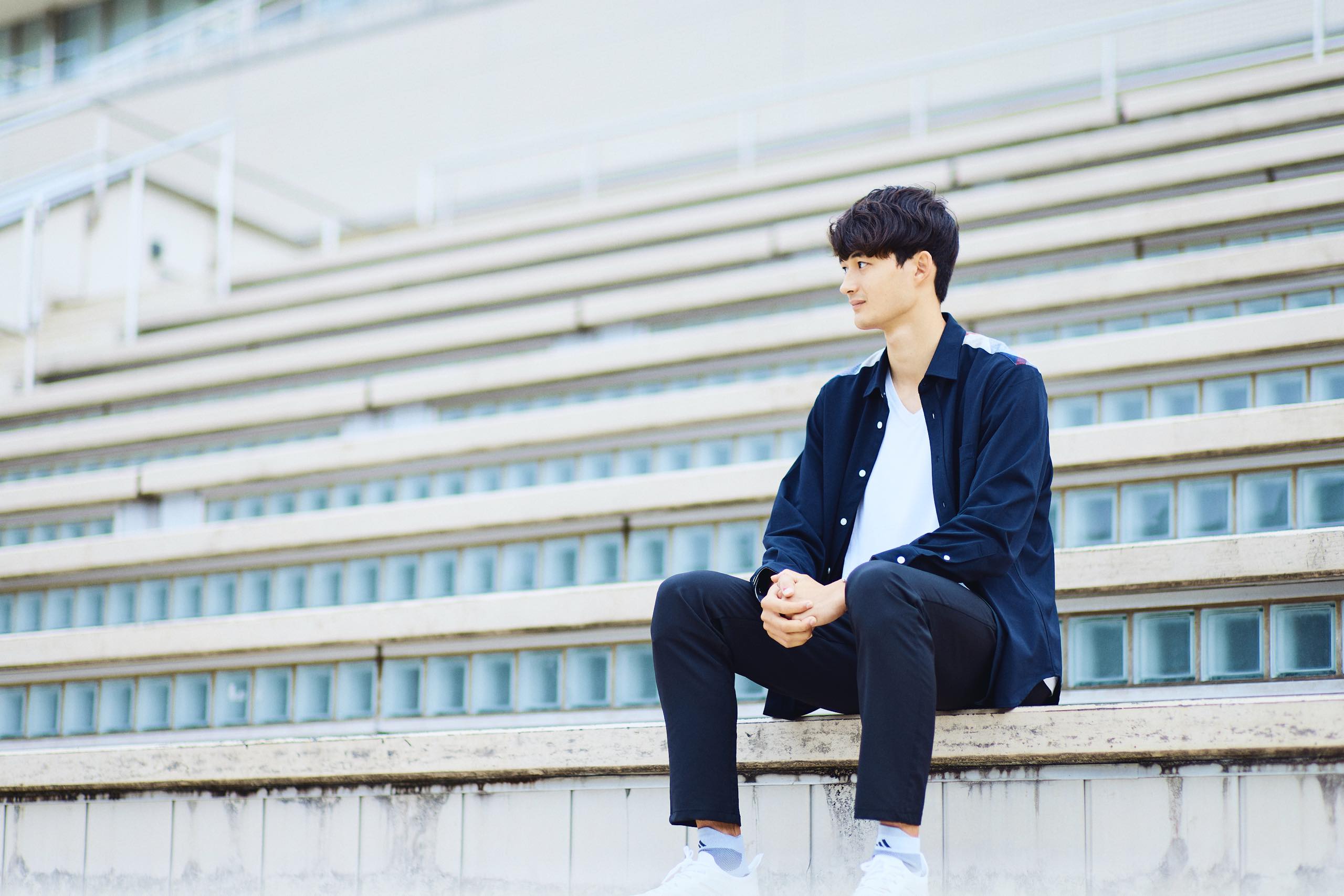
by going over every detail
――The Paris 2024 will be held this year and the World Athletics Championships Tokyo 25 will be held next year. Do you have a roadmap for the future as you see it?
World Athletics Championships Tokyo 25 is a major benchmark, and recently I have also been looking ahead to the Asian Games in Aichi in 2026. Also, the Olympics in 2028 will be held in Los Angeles, right? Coincidentally, it will be held just a few kilometers from the university in the United States where I went on the JAAF program. With that kind of connection, I am very much looking forward to competing.
――What do you feel is the significance of the World Athletics Championships being held in Tokyo?
It was held in Osaka in 2007, right? I was very young at the time, so I don’t remember it. But I am not sure when it will be held in Japan next, and I think it is a very valuable opportunity to have it in Tokyo at this time . For me, this is a competition where I feel a sense of “mission” to achieve results.
――It was held in Tokyo, where you were born and raised.
I am sure that many people close to me who support me will come to see the competition. I would be happy if I could show these people that I have grown so much. I have also run at the National Stadium before it was renovated. I would like to show that I am running well on this new stadium!
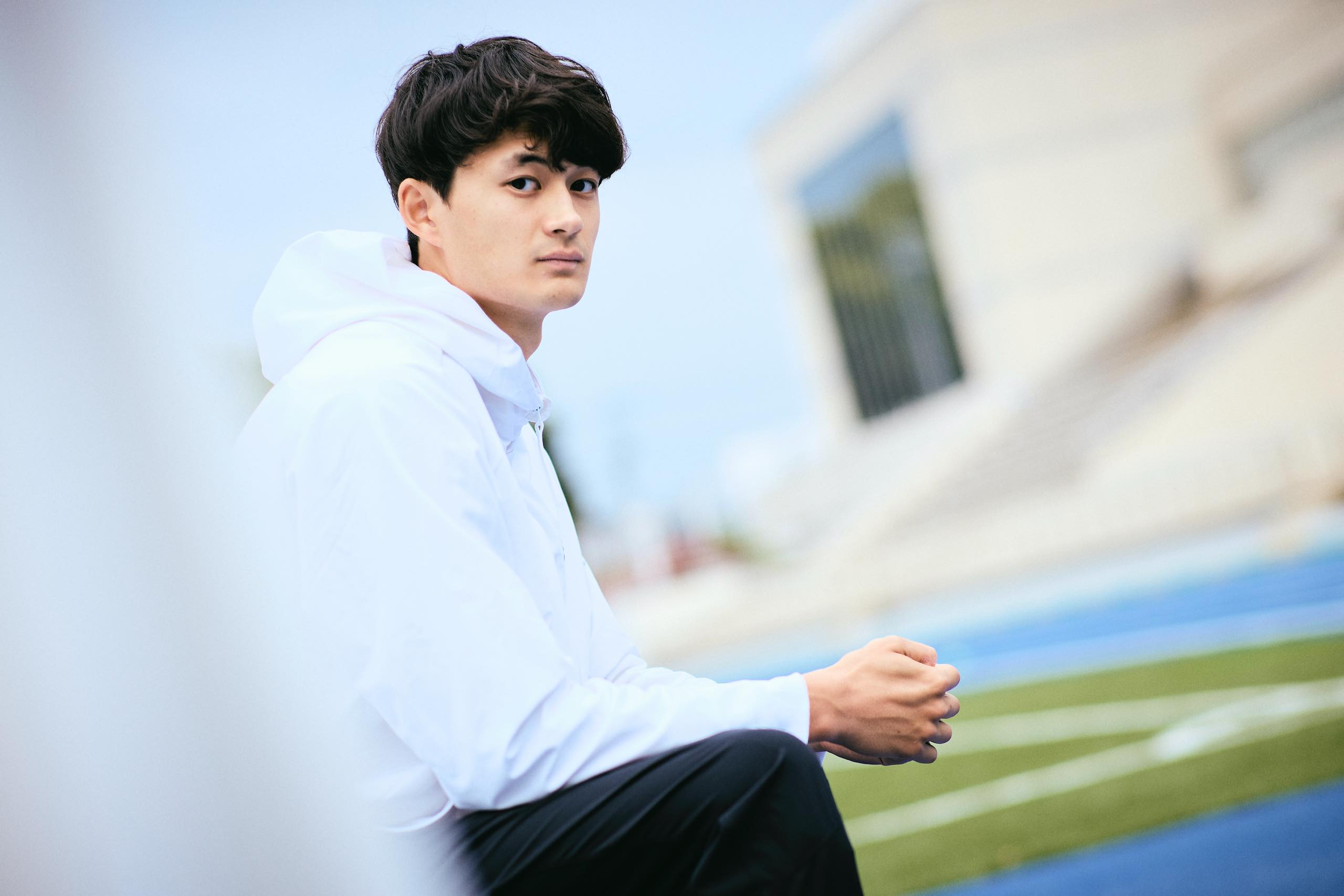

The book I used to read a lot was Ranpo Edogawa
――Let me start by asking you about your personal life. How do you spend your days off?
I think I might be quite an indoor person. I spend most of my time relaxing at home. At home, I watch movies and read books.
――What movies have you seen recently that you enjoyed?
I liked “The Hunger Games” so much that I even bought the original.
――Do you like to read a lot?
Yes. I read a lot at bookstores and libraries when I am interested in a title. Also there is travel time. Especially on airplanes, I have decided that it is time for reading.
――What genre of books do you read?
I love reading mystery novels and used to read Ranpo Edogawa a lot. I don’t have a specific genre right now, and I just read what I pick up as I go along. Recently, I enjoyed a book titled “Nip the Buds, Shoot the Kids” by Kenzaburo Oe. I was actually looking for a book that was recommended by an acquaintance, but I couldn’t find it at the bookstore, so this was the book that I happened to pick it up and read.
――You are quite a voracious reader. I don’t think this is a book that too many young people would pick up.
No, no. Ranpo Edogawa may have been influenced by my parents. I had quite a few mystery novels at home, so I read those.


Lots of books at home.
*Courtesy of Ken Toyoda
I enjoyed creating the heat map.
――Is there anything you are into these days?
Due to the seminar I belong to, we purchased a 3D printer at the end of the year. It wasn’t that expensive. So I was into modeling.
――What kind of seminar are you in?
I am in a seminar on biomechanics (motion analysis). There are people doing all kinds of things, some making 3D printers and sensors. I chose this seminar because it is connected to competitions, and it is interesting to program human movements by converting them into data. There is a kind of floor pressure sensor developed by the professor of the seminar, and the gait that a person walks on becomes a trail. I had the task of turning that into data and creating a heat map, which was fun. At first I couldn’t get it right at all. But after doing a lot of research, I finally did it. I remember being very happy.

He said he enjoyed creating the heat map.
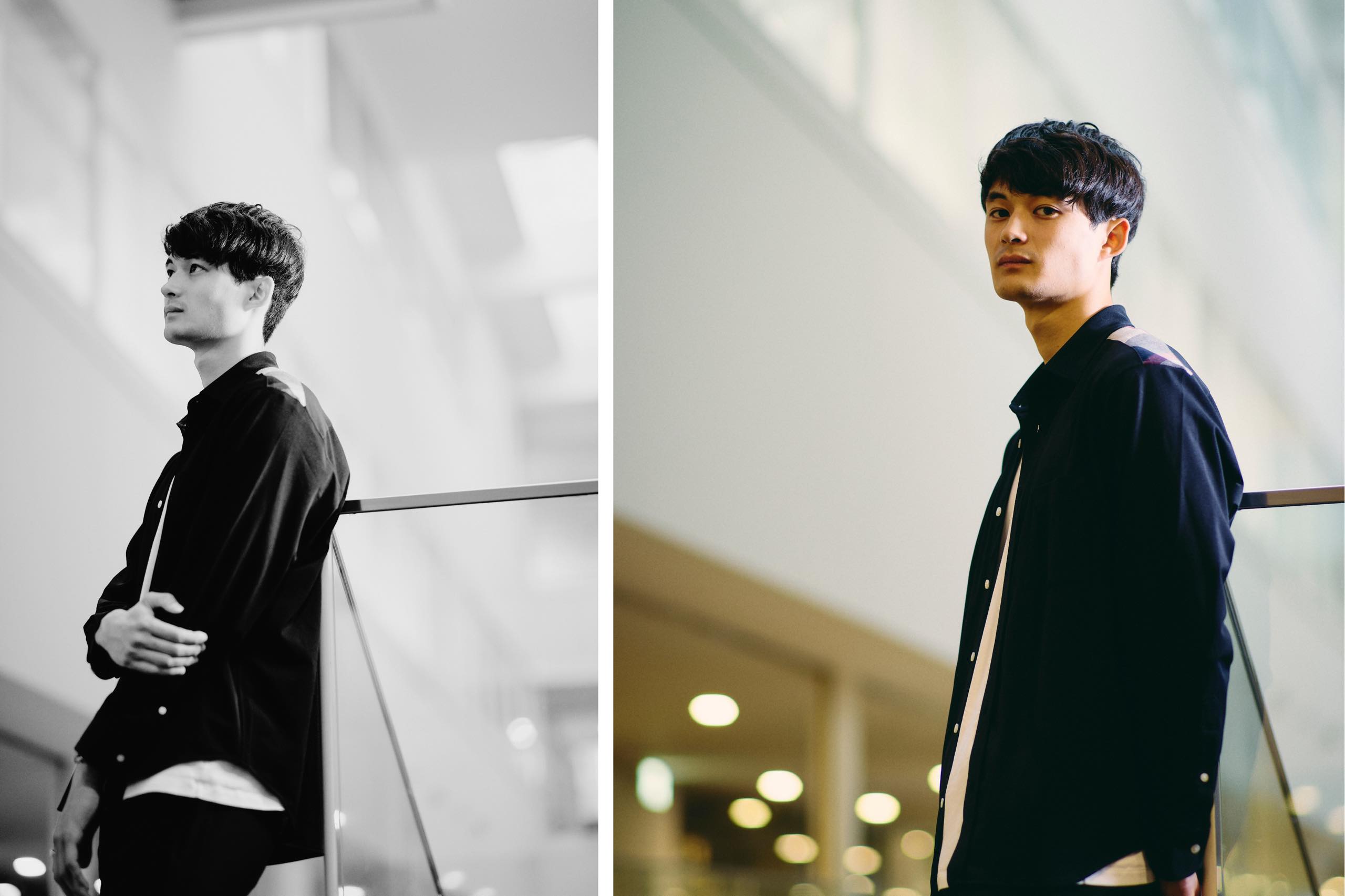
――Are you more of a science person?
Of all the subjects, I used to like English, but lately I’ve lost track of that… When I was in high school, I was a science major. However, halfway through, I wanted to study world history. My high school curriculum didn’t allow me to choose world history if I was a science major. Then I thought I would take a liberal arts major and do world history. But when I entered university, I found that SFC (abbreviation of Shonan Fujisawa Campus, referring to the Faculty of Policy Management and Faculty of Environment and Information Studies), where I am, is a liberal arts department where you can learn anything you want. I think that I have become more science oriented, as I have been picking and choosing various studies and ended up in my current seminar.
――What made you want to do world history?
I wonder why. I thought it sounded interesting. I didn’t know anything about world history or anything, so I felt like I should know.
――I know you are busy practicing, but is there anything you enjoy about college life?
Not so much now that I’m a senior, but I enjoyed going to class until my junior year. I was able to take the classes I really wanted to take, and it was interesting to talk about them and the friends I would meet there.
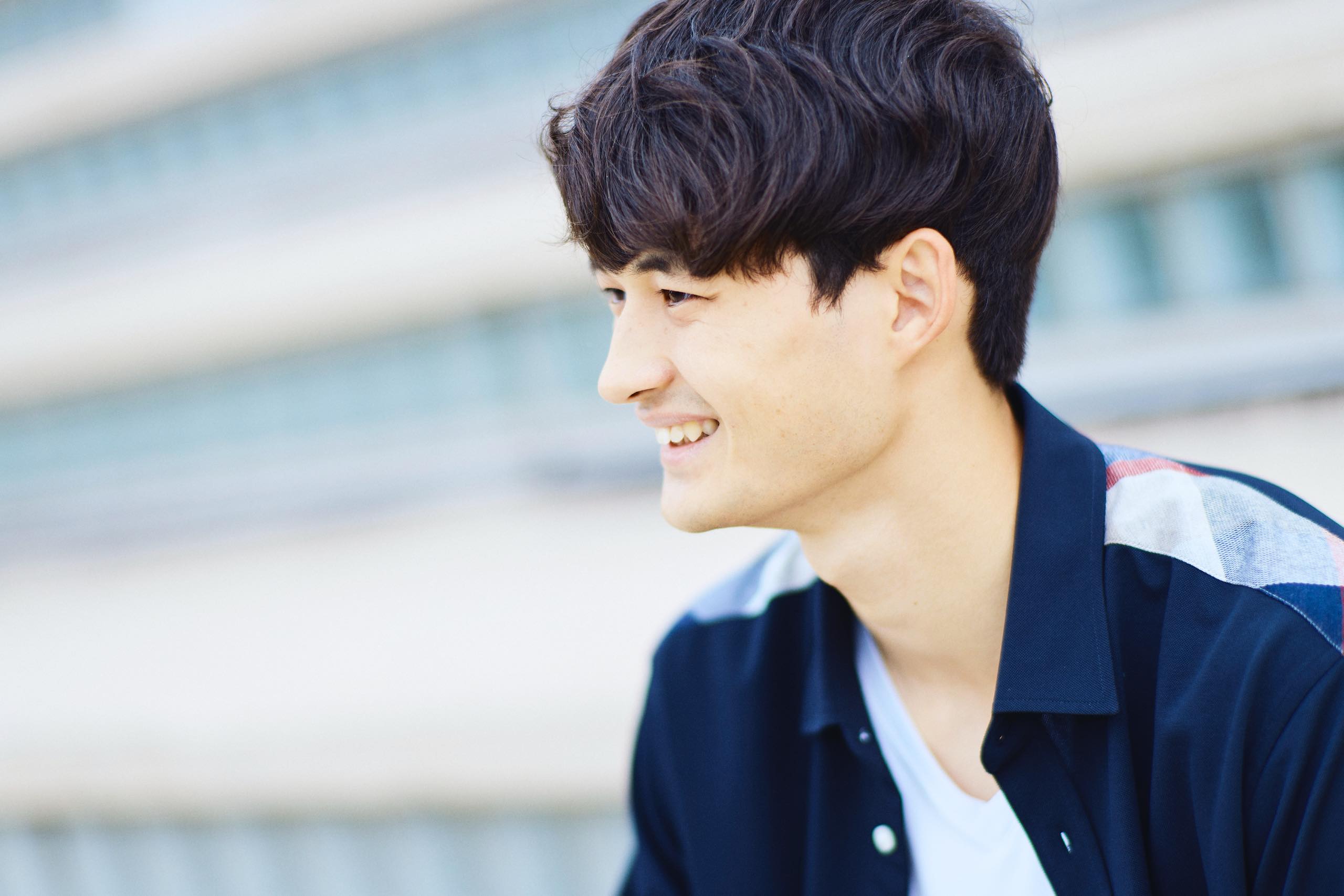
along with competitions.
Athletes I admire and want to emulate
――Who would you recommend or admire in athletics?
When I was a child, I admired Christophe Lemaitre of France, the first white athlete to break 9 seconds in the 100m. It is Shuhei Ishikawa for 110mH. His form is not shaky at all over hurdles, and his running seems to be in a straight line all the way. I have always wanted to learn from his core strength and that kind of movement. It is Alison dos Santos of Brazil, who won gold at the World Athletics Championships Oregon 22 in the 400mH. He is a 2-meter-tall athlete and goes 12 steps in the first half and pushes through with 13 steps to the end. His physique is quite similar to mine, so he is one of the players I am aiming for.
――Are there any athletes from other disciplines that you would like to refer to?
It is Nozomi Tanaka. She has done everything from 800m to long distance, and I think the fact that she is multi-faceted in a variety of disciplines is something I can relate to. She is truly amazing with her results in every event. Also there is Kentaro Sato in the 400m. He changed his running style despite some injuries and set a Japanese record last year. We actually ran together at the training camp, and I was impressed by his ability to make adjustments to achieve a good time.
――Finally, do you have a message for our readers who are looking forward to World Athletics Championships Tokyo 25?
I am sure that many of you will come to Tokyo to watch the World Athletics Championships. I would like to make it to the finals on that stage and grow to the point where I can compete for medals. I would appreciate your support!
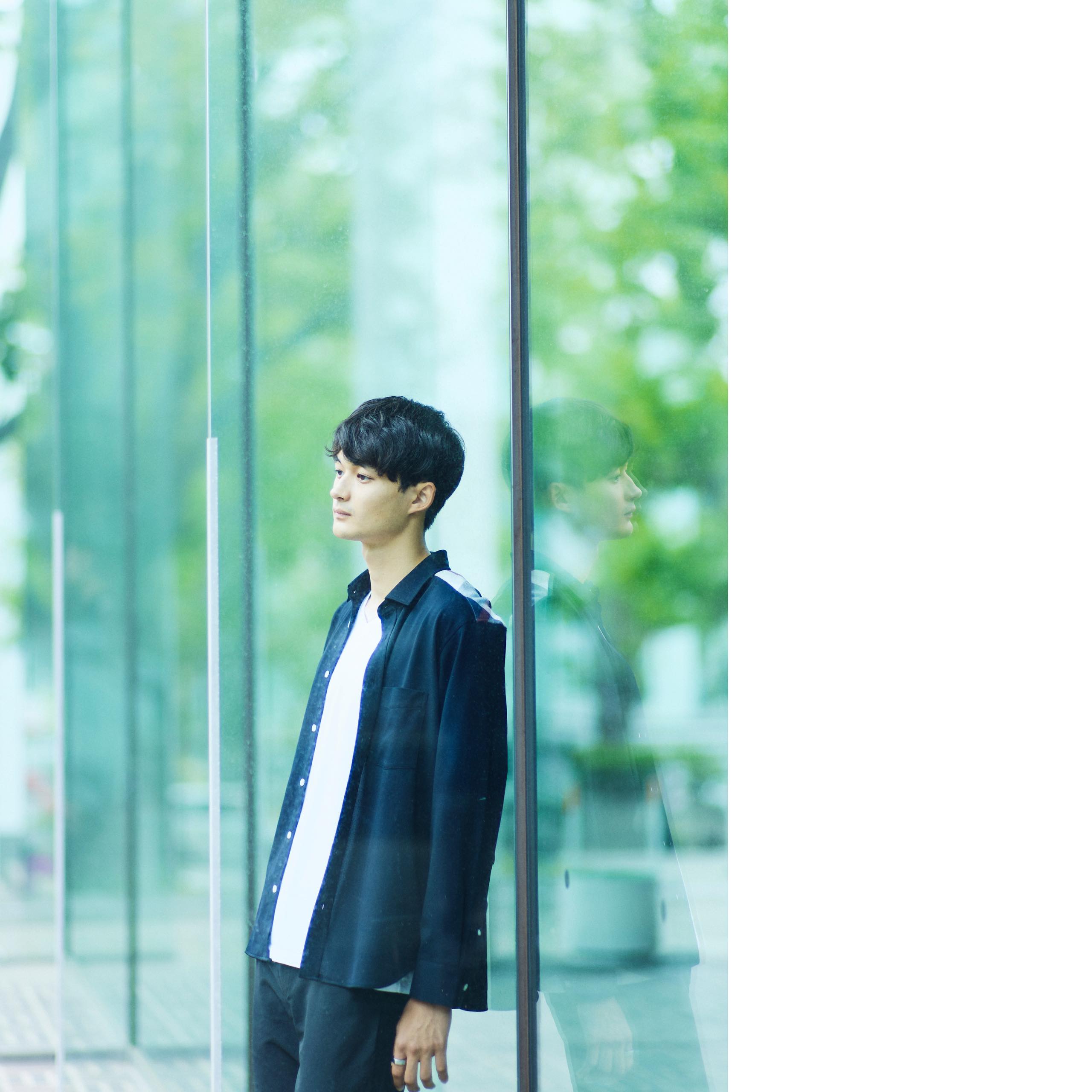
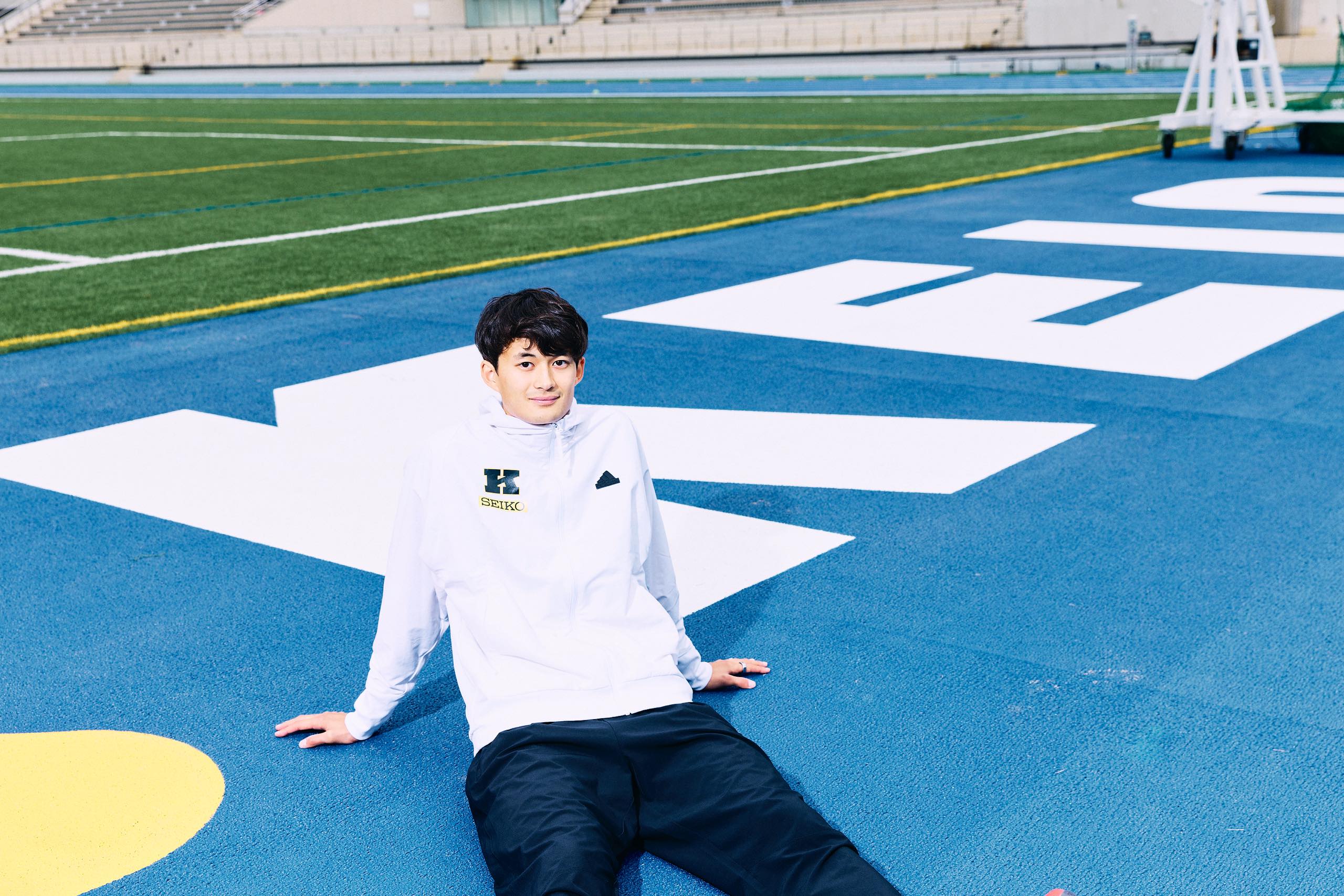
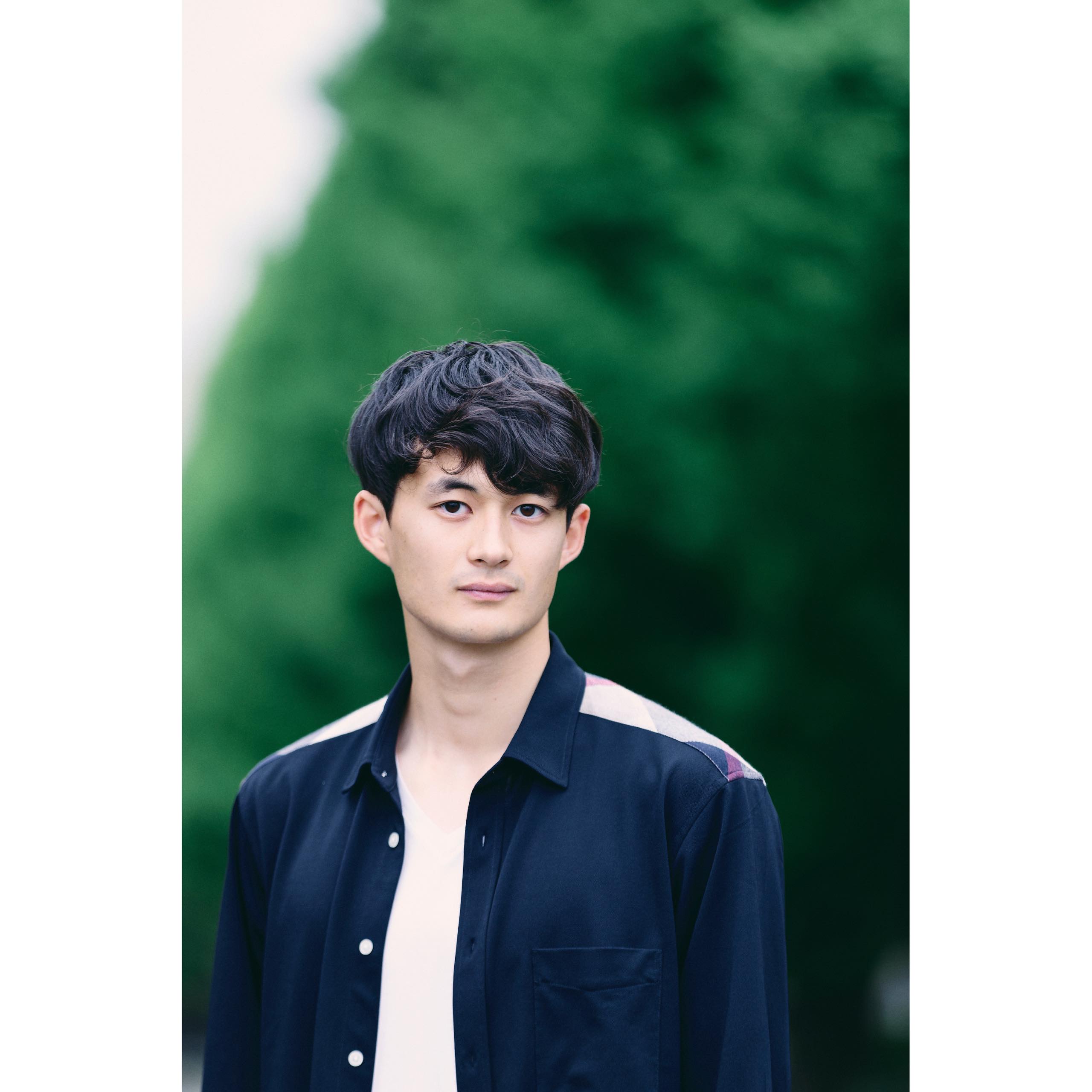
Instagram:kentoyo_olivier
《Team Seiko》
Web:https://www.seiko.co.jp/sports_music/sports/team_seiko/
《SEIKO SPORTS》
X:@sports_seiko
Instagram:seiko_sports
《Keio University Track & Field / Ekiden Team》
X:@keio_tf
Instagram:keio_tf
text by Moritaka Ohashi
photographs by Uta Mukuo
